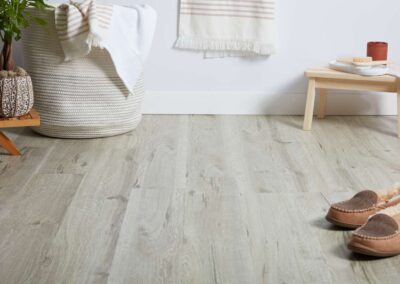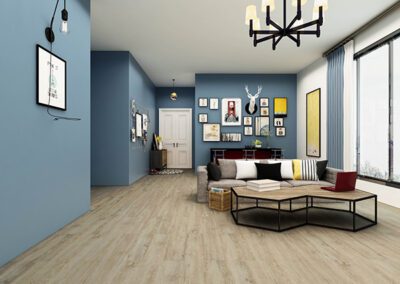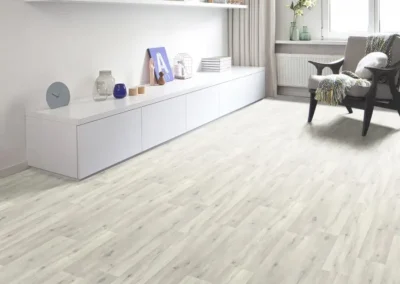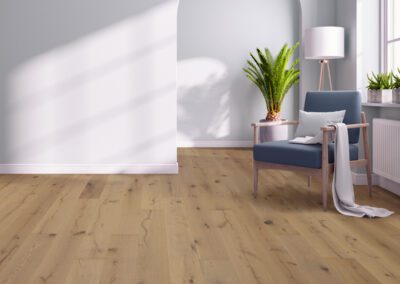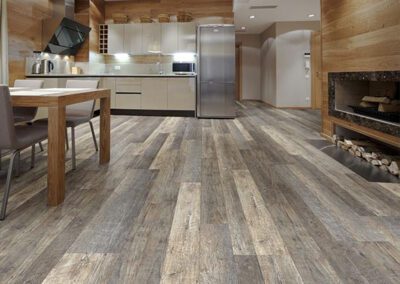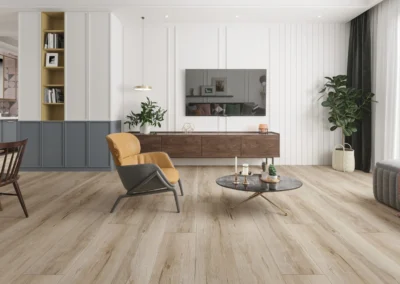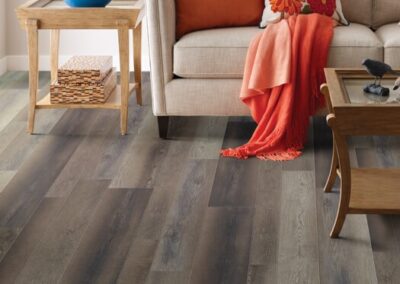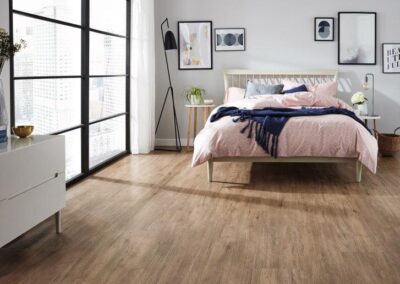Table of Contents
Affordable Wood Flooring Solutions

F&D By NAHAR : Best Affordable wood flooring solutions
When it comes to upgrading your home or commercial space, wood flooring offers a timeless and elegant solution. However, finding affordable options without compromising on quality can be a challenge. That’s where F&D Decks By NAHAR comes in. With their expertise and commitment to customer satisfaction, they provide a range of affordable wood flooring solutions that meet your budget and design preferences. In this article, we will explore the various affordable wood flooring options offered by F&D Decks By NAHAR, helping you transform your space without breaking the bank.
Since its establishment in 2002, F&D by Nahar Group has carved a niche for itself in the flooring industry, renowned for its exquisite and sophisticated flooring solutions. With 18 successful years of achievements, the NAHAR group has established itself as a prominent player in the realm of wooden flooring. The group’s expertise lies in the supply and installation of wooden and laminated parquet flooring, as well as decking solutions using natural and composite timber, catering to both indoor and outdoor settings since its inception. Floor & Deck is Decking installation companies UAE.
When considering affordable wood flooring solutions, it’s essential to keep in mind factors such as durability, maintenance requirements, and the reputation of the manufacturer or supplier. It’s also advisable to compare prices, read customer reviews, and consult with flooring professionals to ensure you make an informed decision that meets your budget and quality expectations.
Best Wood Flooring Suppliers in Dubai: Enhance Your Space with Quality and Style
When it comes to selecting wood flooring for your home or office in Dubai, choosing a reliable and reputable supplier is crucial. High-quality materials, excellent customer service, and a wide range of options are key factors to consider. To help you make an informed decision, we have compiled a list of the best wood flooring suppliers in Dubai. These suppliers are known for their commitment to delivering top-notch products that combine quality, style, and durability. Whether you prefer engineered hardwood, solid wood, or laminate flooring, these suppliers have you covered.
Wood Flooring Prices: A Comprehensive Guide to Budgeting for Your Ideal Flooring
Wood flooring is a timeless and luxurious choice that adds warmth and elegance to any space. When planning a wood flooring project, it’s essential to have a clear understanding of the prices involved. Factors such as the type of wood, quality, installation, and additional services can influence the overall cost. In this comprehensive guide, we’ll explore the various aspects of wood flooring prices to help you budget effectively and make an informed decision.
1. Types of Wood Flooring
Wood flooring comes in different types, each with its own price range. The three main categories are solid hardwood flooring, engineered wood flooring, and laminate flooring. Solid hardwood is the most expensive option due to its natural beauty and durability. Engineered wood is more cost-effective as it consists of a thin layer of real wood on top of plywood or composite material. Laminate flooring, which mimics the appearance of wood, is the most budget-friendly option.
2. Wood Species and Grades
The species of wood you choose plays a significant role in the pricing. Exotic wood species, such as Brazilian Cherry or Teak, tend to be more expensive than domestic options like Oak or Maple. The grade of the wood also affects the price. Clear or select grade wood, with minimal knots and blemishes, is pricier than common or rustic grade wood, which has more natural characteristics.
3. Size and Thickness
The size and thickness of the wood planks impact the cost as well. Wider and thicker planks are generally more expensive due to the larger amount of raw material required. They also offer a more luxurious and substantial appearance. Thinner and narrower planks are more affordable but may not have the same visual impact.
4. Finish and Texture
The finish and texture of the wood flooring can influence the price. Prefinished flooring, where the wood is stained and sealed at the factory, tends to be costlier initially but can save on installation costs. Hand-scraped or distressed textures, which provide a rustic and aged look, may come at a premium compared to smooth finishes. Custom finishes or unique staining techniques can also affect the overall cost.
5. Installation Costs
The cost of installation is an important consideration when budgeting for wood flooring. Professional installation ensures proper placement and enhances the longevity of your floors. The complexity of the installation, such as the need for subfloor preparation or intricate patterns, can impact the cost. It’s advisable to obtain multiple quotes from reputable installers to find the best balance of quality and affordability.
6. Additional Services and Accessories
In addition to the flooring itself, there are other services and accessories that may add to the overall cost. These include removing existing flooring, preparing the subfloor, and installing baseboards or trims. It’s essential to account for these expenses in your budget to ensure a seamless and polished final result.
7. Maintenance and Long-Term Costs
When considering wood flooring prices, it’s important to factor in the long-term costs as well. Wood flooring requires regular maintenance, such as refinishing and occasional repairs. Investing in high-quality materials and professional installation can help minimize these expenses in the long run.
Conclusion
Wood flooring prices can vary significantly based on factors such as the type of wood, species, size, finish, installation, and additional services. By understanding these factors and considering your specific needs and budget, you can make an informed decision that aligns with your vision for your space. Wood flooring is a worthwhile investment that not only enhances the aesthetics of your home or office but also adds value and timeless charm for years to come.
Luxury Engineered Wood Flooring Installation
Wood flooring suppliers in Dubai
Dubai, known for its opulent architecture and luxurious interiors, offers a wide range of options when it comes to wood flooring. Choosing the right wood flooring supplier is essential to ensure high-quality materials, excellent service, and an extensive selection of options. In this article, we will explore some of the top wood flooring suppliers in Dubai, renowned for their commitment to delivering exceptional products that combine quality and style.
NAHAR Woodfloors is a reputable wood flooring supplier in Dubai, catering to the diverse needs of homeowners and businesses. With a wide range of options, including solid wood, engineered wood, and laminate flooring, NAHAR Woodfloors provides solutions for every design aesthetic. Their commitment to quality is evident in their selection of premium materials that meet international standards. With their expertise and excellent customer service, NAHAR Woodfloors is a trusted choice for wood flooring in Dubai.
Floorworld is a leading provider of wood flooring solutions in Dubai, offering an extensive selection of options from reputable brands. Their collection includes engineered wood, solid wood, and laminate flooring, catering to diverse design preferences and budgets. With a focus on quality, durability, and aesthetics, Floorworld ensures that customers find the perfect flooring solution for their spaces. Their knowledgeable staff and exceptional service make them a trusted choice among homeowners and designers.

Affordable Wood Flooring Solutions: Enhancing Your Space without Breaking the Bank
Wood flooring adds beauty, warmth, and elegance to any space, but the cost can sometimes be a concern for budget-conscious individuals. The good news is that there are affordable wood flooring solutions available that offer both quality and style without compromising on your financial goals. In this article, we will explore some cost-effective options and strategies to help you achieve your desired wood flooring within your budget.
Dubai laminate flooring suppliers
Floor World is a well-known supplier of laminate flooring in Dubai. With a vast range of styles, colors, and finishes, they have options to suit any design preference. They focus on providing top-notch customer service and delivering flooring solutions that meet their clients’ specific requirements.
Luxury Engineered wood flooring suppliers in Dubai needs to acclimate to the environment before installation. This allows the flooring to adjust to the temperature and humidity of the space, minimizing the risk of expansion, contraction, or warping after installation. The installers will follow the manufacturer’s guidelines for acclimation, ensuring that the flooring is ready for installation and will maintain its integrity over time.
Engineered Wood Flooring Cost
When considering engineered wood flooring for your Dubai home or business, it’s essential to understand the various factors that contribute to the overall cost. Engineered wood flooring offers a balance of affordability and durability, making it a popular choice among homeowners and commercial property owners. Let’s explore the key factors that can influence the cost of engineered wood flooring.

about UsFloors n Decks by NAHAR
At F&D by Nahar Group, we pride ourselves on delivering exceptional products and services that exceed our clients’ expectations. Our team of skilled professionals is dedicated to ensuring that every aspect of your flooring project is handled with utmost care and attention to detail. From the initial consultation to the final installation, we are committed to providing a seamless and stress-free experience.


